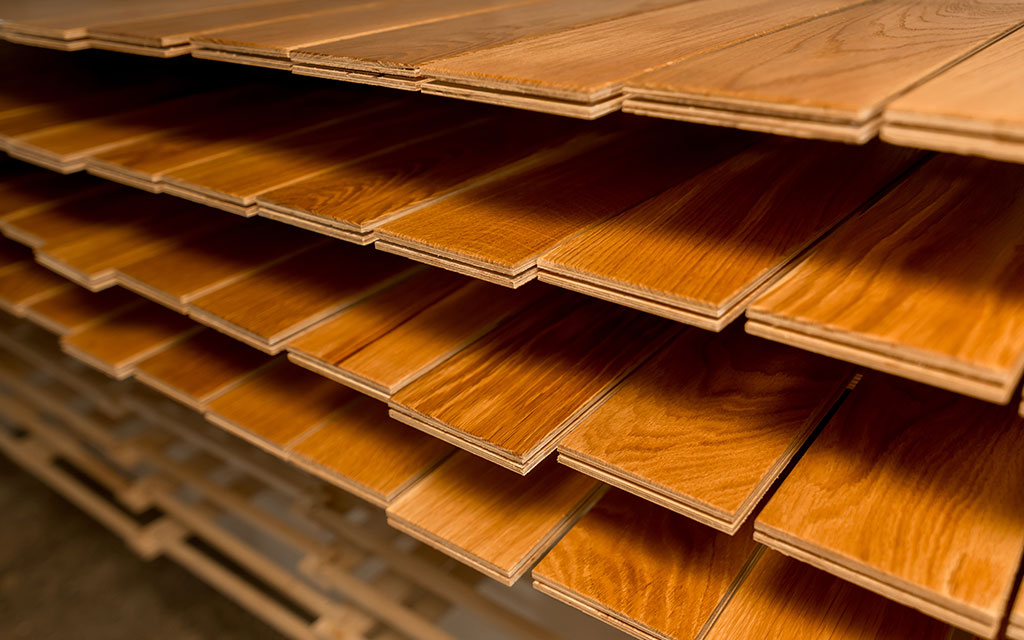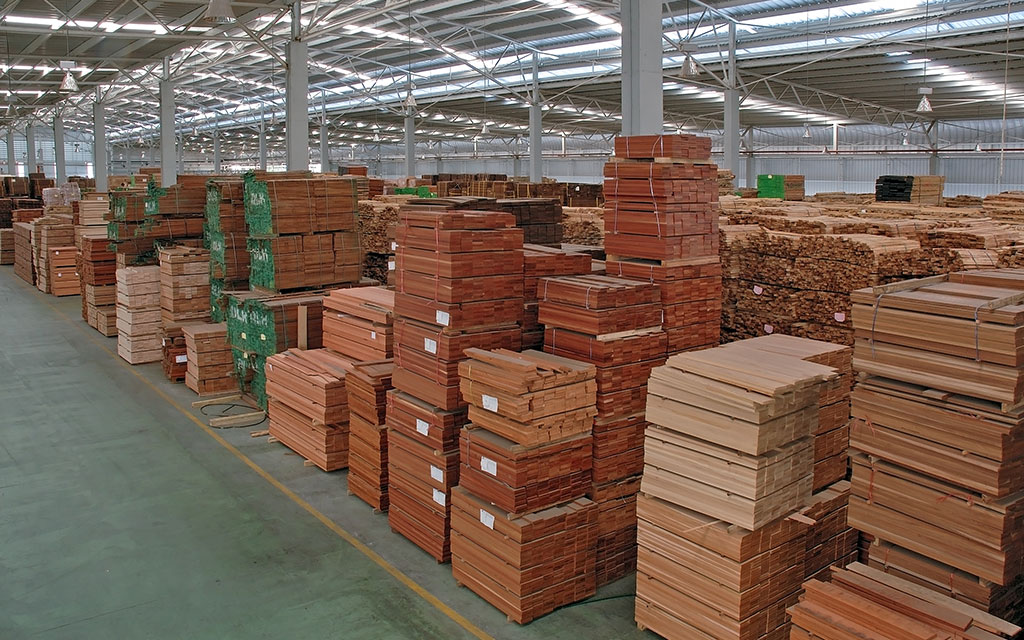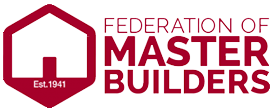CLT, or Cross Laminated Timber, is the most impressive and beautiful construction material ever discovered by manhood, gaining traction and the dramatic attention of architectures around the globe.
CLT construction is sustainable, quicker, and the safest engineered upshot often developed in Alpine countries to make dynamic homes, schools, apartments, and low-rise structures.
Stay with us to learn more about CLT in detail, how it is made, its benefits, and why you should consider it an ideal construction material.
How it’s made – Importance things to know about Cross Laminated Timber Construction
CLT buildings is made by precise and clean engineering supervised by dedicated experts who are eager to produce and deliver the finest cross-timber panels.
Mainly made from spruce, it also includes a small quantity of hardwood, fir, pine, and larch. CLT housing is famously known in countries like the USA, UK, CANADA, and Australia.
Manufacturers follow the main four steps to make cross laminated timber:
Moisture content reduction before clt building.
In manufacturing mills, the moisture content is first examined before using timber. To do so, the logs are kiln-dried to eliminate and keep the only required moisture percentage.
Cutting and Joining of CLT.
Here, the timber boards are cut and then joined with strong glue to make a longboard that can be used in further desired sizes. Likewise, they are placed close to one another to avoid escaping air.
Making CLT Panels from boards.
It is the most critical step to make cross-laminated timber, where the joined boards of similar lengths are placed perpendicularly over each other and then fixed with an adhesive.
The number of layers can vary and are more likely to be added in number, for instance, three-layered panels, five-layered panels, and so on! It is widely used in making clt wall section.
Giving CLT timber a mechanical Press.
Once all layers are placed perfectly and glued well, they are pressed using highly effective mechanical pressures, enough to pack the boards and to make the ideal cross laminated timber.
Why to use CLT for Building Projects – Benefits of CLT Interiors.
CLT is a mass timber product, which means it is made by sticking various wooden pieces together that also strengthen its capacity, making it best to be used in building roofs, doors, walls, and load-bearing wood frames.
Due to its high quality, and reliable performance in fire and earthquake, cross-laminated timber is gaining popularity intensively. Here are some advantages that a clt roof homes, commercial and private building can provide you:
CLT wall units pieces are designed in a factory.
Having limited on-site space? Worry not; CLT timber production mills produce high-standard construction pieces at the factory, which are delivered and installed at the client’s spot without harming clt texture and its finish, as the transporting process is entirely UV radiation, and waterproof.
Support Energy saving with CLT housing
Well-proven experiments and studies showed that the energy used in manufacturing cross laminated timber is only 50% of the energy used in making concrete and 1% of that required for steel.
Isn’t it impressive enough?
You Save Time and Money with a CLT Structure
In the era of head-over-heel costly construction, builders who know what is clt, save your currency and time, Wondering how?
The groundwork done here is the least compared to that of bricks, concrete, and steel, it is lightweight, and therefore the projects are done quicker. Hence cross laminated timber manufacturers of UK save your time and money.
Aren’t you saving a lot?
CLT Timber is Sustainable
Since no burning of fossil fuels is required in the entire procedure, this piece of construction is eco-friendly, is developed from renewable sources, can be recycled, and has low carbon emission rates.
In this way, it is highly regarded as a sustainable building material that saves carbon dioxide, genuinely supports climate, and benefits the plant.
Are CLT Construction Buildings Safe for Living and Working?
Though many folks live with a fear that a cross laminated timber house and structures can catch fire on second hands, the reality is different as it is made fire resistance with various engineering formations that can withstand high heat bearing a good load capacity.
When attacked by flames, it chars and forms a protective layer on top, protecting the blazes from going inside and affecting the material deeply.
To answer and clear your doubts, saying my final word, a clt interior is fire resistance approved, and still, it may vary from region to region, ask your local construction guides for more details.
Do you ever wonder if it is cheaper? Or expensive?
CLT alone can be more expensive than the other basic construction materials, however, when comparing steel and concrete, the final clt structure cost comes out to be less always.
According to my POV, the cost price for cross-laminated timber is ideal depending on how much it gives and benefits the overall project.
Additionally, it saves the cost of groundwork, labor staff, and on-site machinery and is completed in less time, making it a perfect fit for its total building expenses.
Is CLT suitable for high-rise buildings?
The next concern might be if it is suitable for making skyscrapers, tall buildings, and structures. My answer here is: Absolutely YES!
Multi-story properties are already becoming hot spots and magnificent stops. We have listed the names of the famous structures made of cross-laminated timber:
- Sarcelles Sports Court, France
- Brock Commons Tallwood House, Canada
- Dalston Works, London, UK
- Maicasagi Bridge, Canada
As mentioned earlier, all clt structures are at least 50 meters tall. They are well groomed, structured with precise engineering, primarily constructed of timber, and endlessly beautiful.
In Conclusion
The building community is growing rapidly with the evolution of technology. CLT construction is earning the respect and honor of various construction companies, It is on its way to becoming the champion.
Likewise, cross laminated timber construction causes no pollution, no dust, and no harm to health and climate, we see it as an important material for making stable and quality structures on the ground.
Hopefully, it will bring a massive transformation in a few years.









